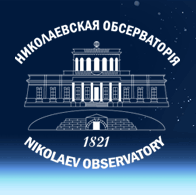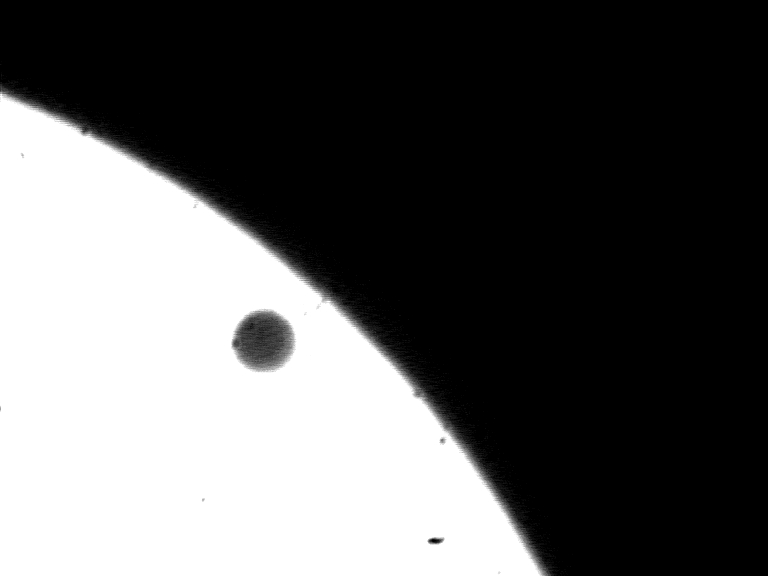|
2012-06-08 14:57:34
On June 5th-6th 2012, a transit of Venus across the disk of the Sun took place. The entire transit was visible from every continent except Antarctica. Residents of Europe, including Ukraine, could see only the end of this phenomenon on June 6, just after sunrise. The previous transit of Venus took place on June 8, 2004. Because of features relative position of the orbits of Venus and Earth, this phenomenon is a "pair" with an interval of 8 years, and the distance between pairs can be 106 and 122 years. Past pair of appearances were on December 9, 1874 and December 6, 1882 and the next pair of transits will occur on December 10-11, 2117, and in December 2125. It was the last transit of Venus to be seen in our lifetimes, so the phenomenon should be considered as a very rare. This event is also interesting because we had an opportunity to see the "Lomonosov phenomenon". M. Lomonosov predicted the existence of an atmosphere on Venus. He detected the refraction of solar rays while observing the transit and inferred that only refraction through an atmosphere could explain the appearance of a light ring around the part of Venus that had not yet come into contact with the Sun's disk during the initial phase of transit. The astronomers from Nikolaev observatory observed both transits of Venus: in 2004 and 2012. On June 6, the phenomenon began at 01:09:38 and ended at 07:49:35 by Kiev time. As the sunrise on this day began at 4:58, before the Venus exit from the solar disk, at 07:31:39, Sun had risen in Nikolaev at a sufficient height so that you can observe the whole picture. The whole process of Venus exit the solar disk under Nikolaev astronomers, led by A. Ivantsov, the head of laboratory of Astrometry and Celestial Mechanics, Ph.D., recorded with a help of spacial television camera mounted on one of the telescopes. Centuries ago, these observations were used to calculate the astronomical unit, the distance from Earth to the Sun. Today, these observations are interesting only for the modeling of such phenomena in planetary systems around other stars, and, of course, study the atmosphere of Venus. In the photo you can see a small dark spot. It is Venus on a light piece of the solar disk. Note that for Nikolaev astronomers it was a great luck to observe this unique phenomenon because the weather was cloudy but at the time of the most important moment of phenomena a "window" was formed through which our scientists were able to observe it. |

Íàóêîâî-äîñë³äíèé ³íñòèòóò
Ìèêîëà¿âñüêà àñòðîíîì³÷íà îáñåðâàòîð³ÿ
̳í³ñòåðñòâî îñâ³òè ³ íàóêè
Ìèêîëà¿âñüêà àñòðîíîì³÷íà îáñåðâàòîð³ÿ
̳í³ñòåðñòâî îñâ³òè ³ íàóêè

 |
 |
 |
